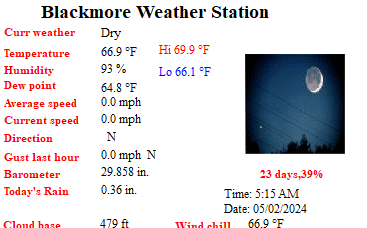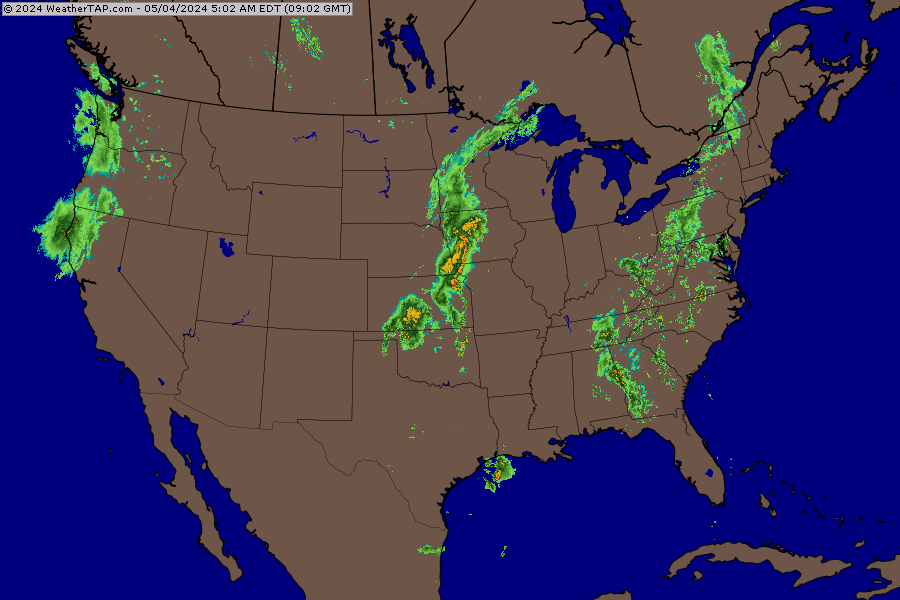The single best way to prevent the flu is to get vaccinated each fall -- either with a flu shot or using the flu nasal spray vaccine. The nasal spray is approved for use only among healthy people between the ages of 5 and 49 years. The flu shot is approved for use among people over 6 months of age, including healthy people and those with chronic medical conditions. Be aware that the benefits of the vaccine won't take effect immediately.
Three of the antiviral drugs (amantadine, rimantadine, and oseltamivir) have also been approved for prevention of the flu. These drugs are not, however, a substitute for influenza vaccination. All of these drugs are prescription drugs, and a doctor should be consulted before the drugs are used for preventing the flu. Aside from the vaccine or anti-viral drugs, there are other ways to protect against flu.
Avoid close contact with people who are sick. When you are sick, keep your distance from others to protect them from getting sick too.
Stay home when you are sick. If possible, stay home from work, school, and errands when you are sick. You will help prevent others from catching your illness.
Cover your mouth and nose with a tissue when coughing or sneezing. It may prevent those around you from getting sick.
Clean your hands. Washing your hands often will help protect you from germs.
Avoid touching your eyes, nose or mouth. Germs are often spread when a person touches something that is contaminated with germs and then touches his or her eyes, nose, or mouth.
The first flu virus was identified in the 1930s (although the flu has probably existed for centuries). Since then, scientists have classified influenza viruses into 3 types, creatively named A, B, and C.
Influenza Type A is the most common and also the scariest of the three influenzas, causing the most serious epidemics in history.
Influenza Type B flu outbreaks also can cause epidemics, but the disease it produces generally is milder than that caused by type A.
Influenza Type C flu viruses, on the other hand, have never been connected with a large epidemic, usually just causing mild respiratory infections similar to the common cold.
What Time of Year Is the Flu More Common?
The flu season usually begins when cold weather appears. Why? There’s no real reason. It’s simply the pattern of the flu and the timing of the seasons.
Outbreaks of the flu occur in different seasonal patterns depending on the region in the world. In temperate climate zones, flu season will typically begin in the late fall and peak in mid- to late winter. And in tropical zones, flu seasons appear to be less pronounced, with year-round isolation of the virus.
In the United States, the flu season is generally considered between October and May with the peak of the season falling between late December and March.
However, the overall health of flu impact varies from year to year. Unfortunately, infection, hospitalizations, and deaths can’t be predicted, but by knowing about treatments and being prepared, the dangers of the flu can be minimized.
Blackmore WX METAR |
 |
Local RADAR Loop |
 |
Southern Plains Loop |
 |
Gulf Coast Loop |
 |
National RADAR Loop |
 |
Jet Stream Loop |
 |
GOES-East SAT |
 |
Weather Alerts |
Click Here to subscribe to Blackmore Weather Station Local Weather Alerts |
Lightning Alerts |
Click Here to subscribe to Blackmore Weather Staiton Thunderstorm Warnings and receive local thunderstorm warnings via email. |
Support Us |
Website Scanner |
| Scan Now Site Now! Scan will take a few mintues |
SSL Certificate |
 |